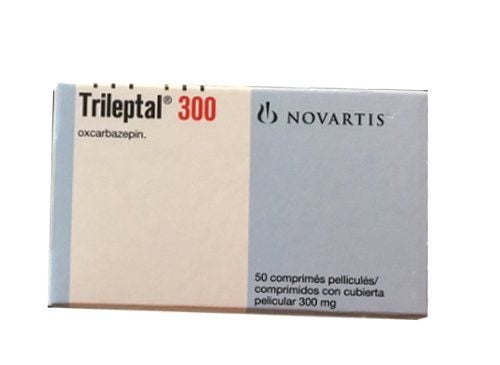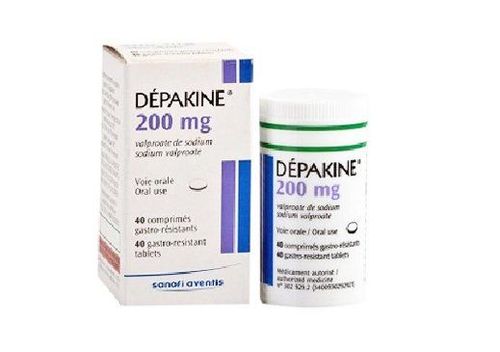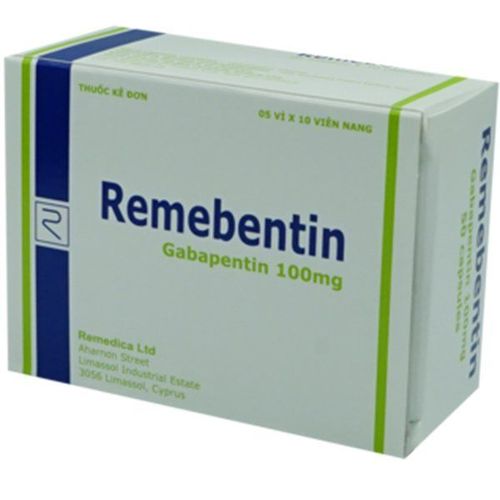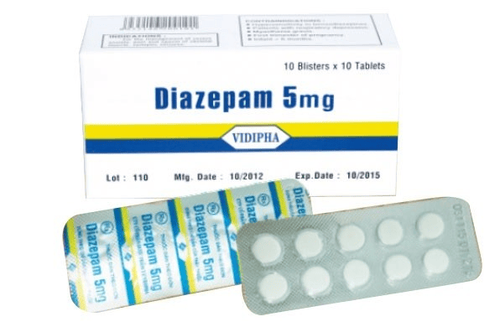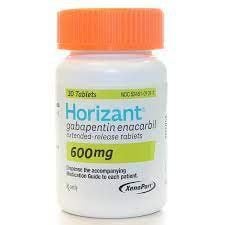This is an automatically translated article.
Phenobarbital is a barbiturate drug with anticonvulsant and sedative effects. To use Phenobarbital effectively, patients need to understand the basic information about the drug.
1. What is Phenobarbital?
Phenobarbital is an anticonvulsant drug indicated alone or in combination with other drugs to control seizures. The drug works by controlling the abnormal electrical activity in the brain during a seizure. Controlling and reducing the frequency of seizures helps patients perform more normal activities during the day, reducing the risk of harm from loss of consciousness, and reducing the risk of life-threatening illness.
Indications:
Treatment of large seizures (excluding small seizures), partial seizures, myoclonic seizures, intermittent seizures; Prevention of convulsions due to recurrence of high fever in young children; Treatment of jaundice in neonates, patients with congenital unconjugated hyperbilirubinemia, congenital nonhemolytic anemia and chronic intrahepatic cholestasis.
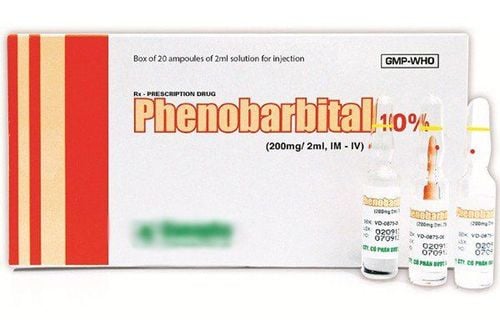
Phenobarbital là thuốc chống co giật được sử dụng trong y khoa
2. Instructions on how to take Phenobarbital
Phenobarbital has the following dosage forms:
15mg, 30mg, 60mg, 100mg tablets; Sweet alcohol: Phenobarbital 15mg/5ml; 200mg/ml injection drug, concentrated solution for dilution when injected; Suppositories (rectal suppositories). 2.1. How to use With a variety of dosage forms as above, patients can use Phenobarbital orally, subcutaneously, deep intramuscular injection and slow intravenous injection. However, there are some limitations to the subcutaneous and intravenous routes as follows:
The subcutaneous route can cause local tissue irritation, so it is not recommended; Slow intravenous injection is often used in emergency cases of acute convulsion, so the effect of the drug is also limited in these cases. 2.2. Phenobarbital is usually taken for a short time (no more than 2 weeks) to help people calm down or sleep well during periods of anxiety. Medicines ease symptoms by acting on certain parts of the brain.
Dosage depends on each patient and the purpose of treatment. Here are some suggested dosages for reference only:
Oral Phenobarbital:
Anticonvulsant: Adults take 60-250mg/day. Children take 1-6mg/kg/day. Both subjects can be taken once or divided into small doses; Sedative effect: Adults use 30-120mg during the day, divided into 2 or 3 times/day. Children 2mg/kg divided into 3 times/day; Anti-hyperbilirubinemia: Adults take 30-60mg divided 3 times/day. Newborns 5-10mg/kg/day (first few days of birth). Children up to 12 years old: 1-4mg/kg divided 3 times/day. Phenobarbital for parenteral administration (deep intramuscular or intravenous):
Anticonvulsants: Adults inject 100-320mg, repeat if necessary until a total dose of 600mg/24 hours. Children inject the first dose of 10-20mg/kg, inject once (attack dose or loading dose), then maintain 1-6mg/kg/day; Treatment of epilepsy: Adults 10-20mg/kg intravenously (repeat if necessary). Children slow intravenous injection 15-20mg/kg over 10-15 minutes; Sedative effect: Adults inject 130-200mg, children inject 1-3mg/kg in 60-90 minutes before surgery; *Note:
Elderly and debilitated patients may experience excitability, confusion or depression when taking the usual dose. Therefore, for these subjects, it may be necessary to reduce the dose; If you are used to taking Phenobarbital for a long time, it may cause a drug-dependent reaction. The dose should be reduced gradually over 1 week and an alternative medicine (if available) should be used at a low dose. In particular, do not stop the dose suddenly in epileptic patients.

Thuốc phenobarbital cần được dùng theo đúng chỉ định
3. Phenobarbital side effects
In some cases, Phenobarbital can bring the following side effects:
Common side effects:
Drowsiness; nystagmus, inability to regulate movements; Fear, restlessness, excitement, confusion (in elderly patients). Easily excitable, hyperactive in young children; Depression; reel; Allergic rash (common in young patients). Uncommon side effects:
Rickets, osteomalacia, arthralgia, muscular dystrophy (common in children after 1 year of treatment); Porphyrin metabolism disorders ; Stevens-Johnson syndrome; Lyell's syndrome (possibly fatal). Rare side effects: Megaloblastic anemia due to folic acid deficiency.
* Note:
Phenobarbital can be transmitted through the placenta, making pregnant women taking this drug have a 2-3 times higher risk of giving birth to a baby with birth defects. Therefore, it is necessary to carefully consider the benefits and harms of using drugs during pregnancy; Phenobarbital is also excreted in breast milk, accumulating gradually and causing sedation or toxicity to the infant. Caution should be exercised when prescribing Phenobarbital to a nursing mother.
4. Notes when using drugs
Contraindicated to use Phenobarbital for the following cases:
People who are sensitive to the components of Phenobarbital; Patients with severe respiratory failure, with signs of dyspnea or obstruction; People with Porphyrin metabolism disorders; People with severe liver failure; Absence seizures. Use caution when using Phenobarbital for the following cases:
People with a history of drug addiction, alcoholism; Patients with renal failure; Elderly; Pregnant and lactating people; People with depression. Above is the information you need to know about the anticonvulsant drug Phenobarbital. In addition to the outstanding effectiveness in the treatment of epilepsy and sedative effects, Phenobarbital also has some potential unwanted side effects. To avoid this, the patient should follow all instructions and instructions of the doctor when taking the drug.
Follow Vinmec International General Hospital website to get more health, nutrition and beauty information to protect the health of yourself and your loved ones in your family.
Please dial HOTLINE for more information or register for an appointment HERE. Download MyVinmec app to make appointments faster and to manage your bookings easily.




